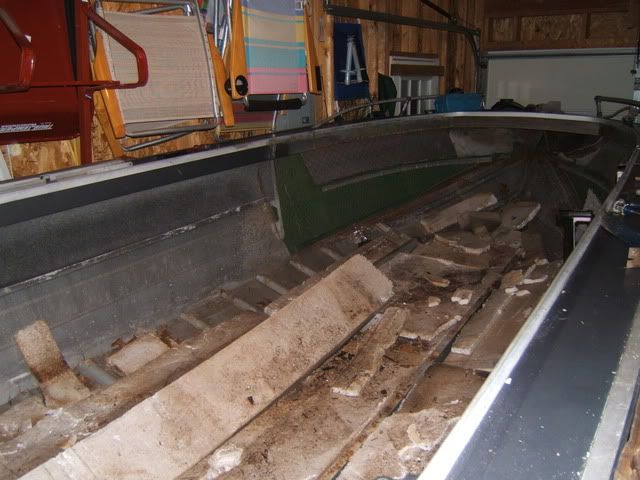Re: the truth about noodles
Wow.. quite the debate going on.
I thought I'd interject a few corrections and some numbers. I'll try to keep this short and simple, although that rarely seems to happen in my posts

First, the max buoyancy a cubic foot of anything in water can provide is about 62 lbs. That's if the 1 cf object has no weight of its own and displaces all the water. You can not get more buoyancy than that unless you're floating in something other than water. FYI, sea water is slightly denser than fresh due to dissolved solids, so it provides more buoyancy, but not much.
Pool noodles are usually extruded polyethylene with a density of 1.8 lb per cubic foot or near that. Source:
http://www.alibaba.com/product-gs/249714122/White_Extruded_Polyethylene_FOAM_POOL_NOODLE.html
The pink or blue insulation foam from the big box stores (which is polystyrene or polyisocyanurate) has a relatively low density. Density is about 35 kg/cubic meter or 2.1 lbs per cubic foot.
Source:
http://www.foamular.com.au/roofing_waterproofing.htm
This puts it at about the same density and buoyancy as standard pourable floatation foam. But due to its chemistry and manufacture it has an extremely low shear and compressive strength, lower than pourable or structural foam.
So, to answer the main question posed by this thread, the pool noodle foam will provide effectively slightly more bang for the buck IF and ONLY IF it's packed in so that no air spaces remain... IE not in pool noodle form.
1 cubic foot of anything provides about 62 pounds of buoyancy by displacing water.. per Archimedes. However, unless you're displacing water with vacuum, the same cubic foot also adds to the total weight that must be floated. You add the weight of the foam or whatever to the weight of the boat or person to be floated.
Since the noodle foam weighs a bit less (.2 lbs) per cubic foot it does a very slightly better job than the pourable foam at providing floatation, but it's not a big difference and you have to pack it in so no air space remains, which is a lot of work.
There may be other reasons to use noodle foam like availability or cost, but I won't touch on those here.
FYI, a cubic foot box made of 24 gauge aluminum and filled with air would provide the same buoyancy for less weight than the pool noodle.
Humans float because they're almost all water. Even a 300 lb guy like me is nearly neutrally buoyant... if I blow all the air out of my lungs and suck in my stomach I can sink - I do this in each scuba class I help teach. This is the case for most people, although some overweight folks can't sink regardless.
So most people don't need much floatation to stay on the surface. One pool noodle will do. Of course, you won't get up out of the water because once your head/arms whatever is out then it's not floating any more and has to be supported by the part still in the water. Try it at the pool.. float on the surface then raise your arms out of the water. You'll start to sink lower.
One more foam point - structural foam. In any density above about 4 lbs/cubic foot polyurethane (or any other rigid) foam can be structural (actually any density can, but it's not really effective below that level).. it can be used to stiffen panels it's poured next to, or as a core in composite panels. It can fill voids with rock hard but still positively buoyant material.
Stringers filled with foam may well need it there. Because "it depends"... not all stringers are made the same. Some have heavy enough glass that the glass alone does the work of stiffening the hull, most of the ones here use a plywood core to provide most of the stiffness and have protective glass over that.
Some very light, strong stringers however are made as long sandwich panels.. the strength comes from the two fiberglass skins being held parallel to each other and not being allowed to move in certain ways. They're stronger and lighter than most other stringer types, and they don't rot. They're also harder to make properly and more expensive.
For these type of stringers, you cannot remove the foam to make them hollow, because they'd become too weak and flexible. Just like you can't not use a plywood core for most of the boats here. Sure, you can layer on glass until it's strong enough then remove the core, but you'll need a lot more glass than you think and probably additional side stringers.
So despite the fact that people seem fond of saying "the core doesn't matter, the glass does the work" around here, be warned that the core may well matter in your boat

Erik























